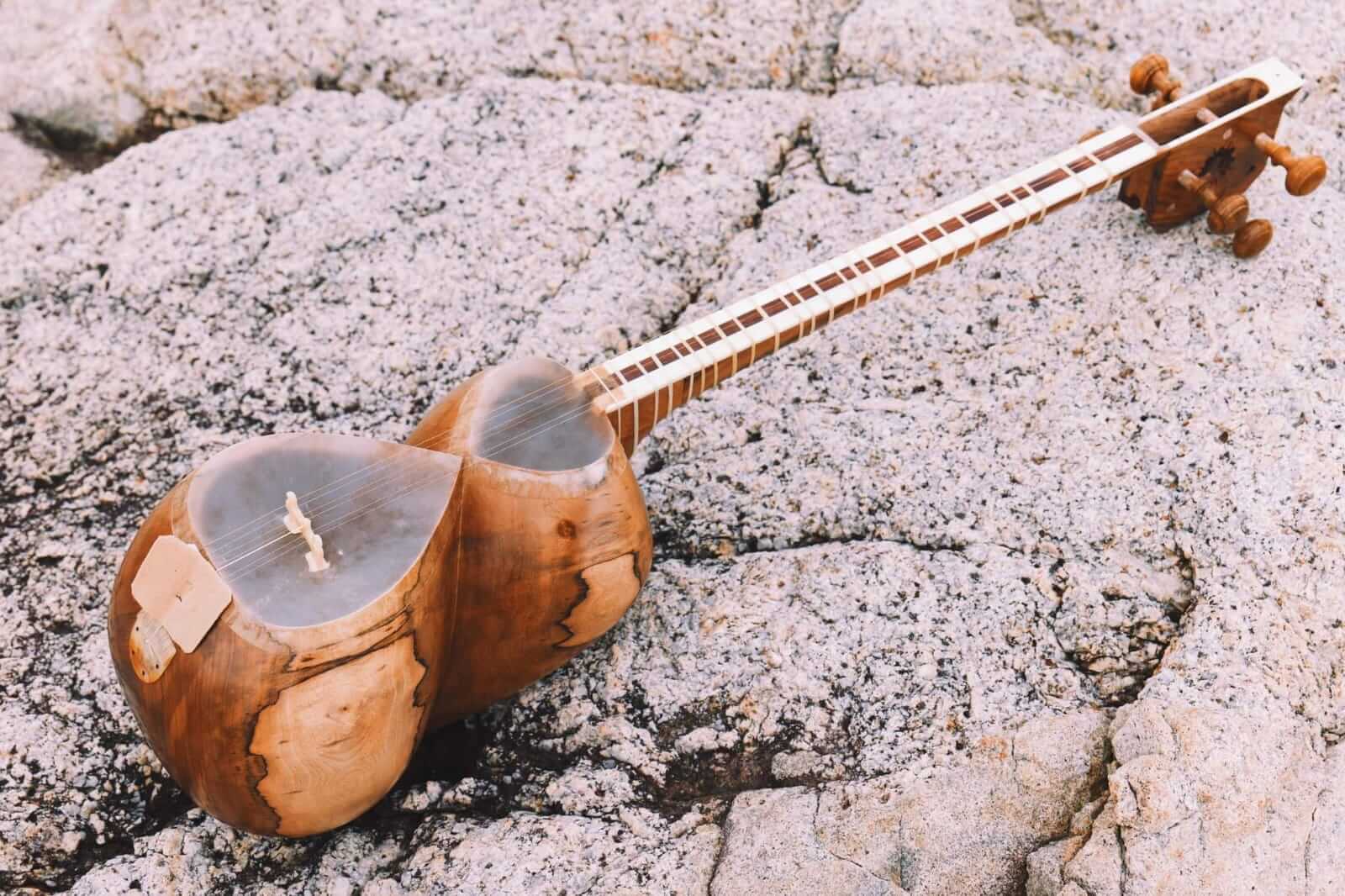
Tar
An Iranian long-necked, waisted instrument, shared by many cultures and countries

Dutar
A traditional long-necked two-stringed lute found in Iran and Central Asia
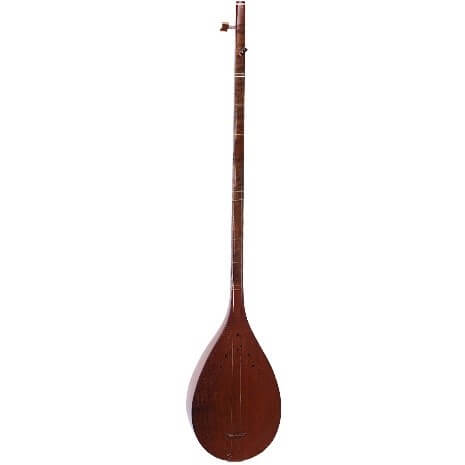
Setar
A traditional long-necked three -stringed , Iranian musical instrument

Tanbur
A long-necked, string instruments originating in Mesopotamia, Southern or Central Asia

Tar
Tar is an Iranian long-necked, waisted instrument, shared by many cultures and countries including Iran, Azerbaijan, Armenia, Georgia, and others near the Caucasus region. The word tār means “string” in Persian. It was invented in the 18th century and has since become one of the most important musical instruments in Iran and the Caucasus, particularly in Persian classical music, and the favoured instrument for radifs.

Dutar
The Setar (from seh, meaning “three” and tār, meaning “string”) is an Iranian musical instrument. It is a member of the lute family, which is played with the index finger of the right hand. Two and a half centuries ago, the fourth string was added to the setar which most of the time has the same tone as the bass string. It has 25–28 moveable frets which are usually made of animal intestines. They were made of silk in the past. The setar covers more than two and a half scales.

Setar
The Setar (from seh, meaning “three” and tār, meaning “string”) is an Iranian musical instrument. It is a member of the lute family, which is played with the index finger of the right hand. Two and a half centuries ago, the fourth string was added to the setar which most of the time has the same tone as the bass string. It has 25–28 moveable frets which are usually made of animal intestines. They were made of silk in the past. The setar covers more than two and a half scales.

Tanbur
The term Tanbur refers to various long-necked, string instruments originating in Mesopotamia, Southern or Central Asia. According to the New Grove Dictionary of Music and Musicians, “terminology presents a complicated situation. The term tanbur (or tambur) is applied to a variety of distinct and related long-necked string instruments used in art and folk traditions in Iran, India, Iraqi Kurdistan, Afghanistan, Turkey, Tajikestan, Kazakhstan, Uzbekistan. Similar or identical instruments are also known by other terms.”
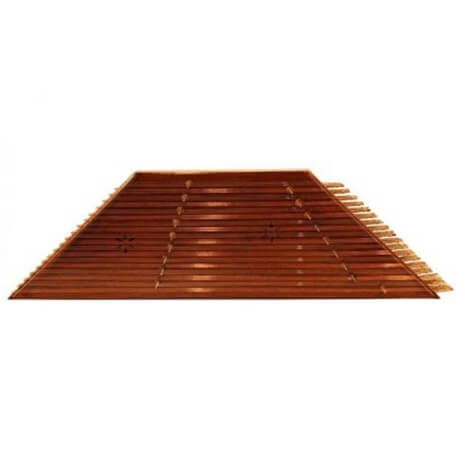
Santur
The santur is a hammered dulcimer of Iranian or Mesopotamian origins.The oval-shaped Mezrabs (mallets) are feather-weight and are held between the thumb, index, and middle fingers. A typical Persian santur has two sets of nine bridges, providing a range of approximately three octaves. A total of 18 bridges divide the santur into three positions. Over each bridge cross four strings tuned in unison, spanning horizontally across the right and left side of the instrument.
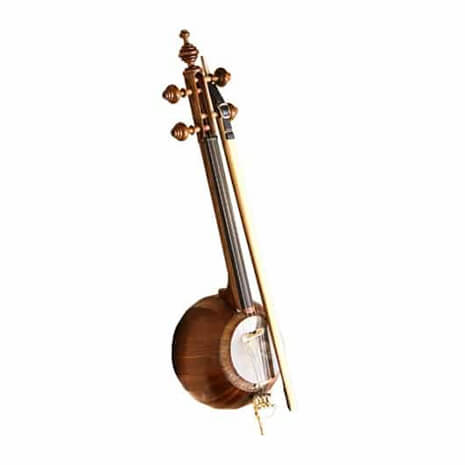
Kamancheh
The kamancheh is an Iranian bowed string instrument, used also in Lurish, Armenian, Azerbaijani,Uyghur music, Turkish and Kurdish music and related to the rebab, the historical ancestor of the kamancheh and also to the bowed Byzantine lyra, ancestor of the European violin family. The strings are played with a variable-tension bow. It is widely used in the classical music. In 2017, the art of crafting and playing with Kamantcheh/Kamancha was included into the UNESCO Intangible Cultural Heritage Lists.
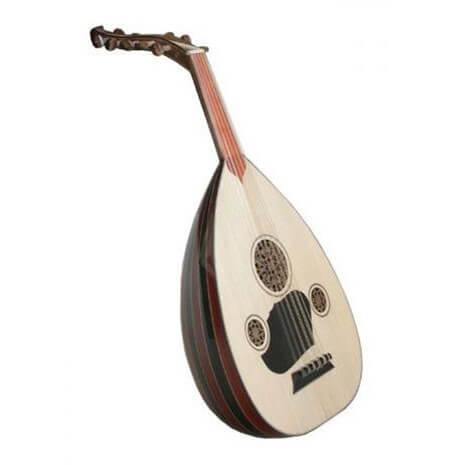
Oud
The oud is a short-neck lute-type, pear-shaped stringed instrument (a chordophone in the Hornbostel-Sachs classification of instruments) with 11 or 13 strings grouped in 5 or 6 courses, commonly used predominantly in Western Asia and North Africa: in Egypt, Syria, Sudan, Palestine, Lebanon, Iraq, Kurdistan, Yemen, Arabia, Iran, Greece, Armenia, Turkey, Azerbaijan, and other ethnic music like Jewish music, North African Chaabi, Classical, and Spanish Andalusian. The modern oud is most likely derived from the Persian barbat.
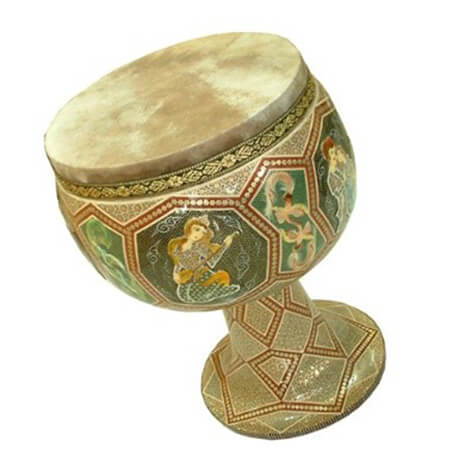
Tonbak
The tonbak is a goblet drum from Persia (ancient Iran). It is considered the principal percussion instrument of Persian music. The tonbak is normally positioned diagonally across the torso while the player uses one or more fingers and/or the palm(s) of the hand(s) on the drumhead. Tonbak virtuosi perform solos lasting ten minutes or more. The tonbak is a single-headed goblet drum about 43 cm in height with a 28 cm diameter head. A sheepskin or goatskin head is stretched and secured with glue, tacks or both.

Daf
The Daf is a large Middle Eastern frame drum used in popular and classical music. The frame is usually made of hardwood with many metal ringlets attached, and the membrane is usually fish skin but other skin types such as cow, goat, and horse are used. The Daf is mostly used in the Middle East, Greater Iran, Indian subcontinent, and Central Asia, and usually accompanies singers and players of the tanbur, violin, oud, saz and other Middle Eastern instruments.
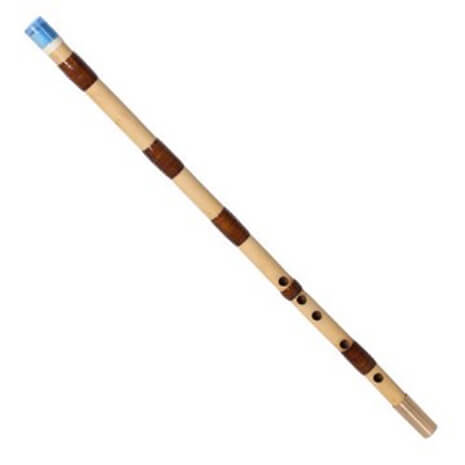
Ney
The Ney is an end-blown flute that figures prominently in Middle Eastern music. In some of these musical traditions, it is the only wind instrument used. The ney has been played continuously for 4,500–5,000 years, making it one of the oldest musical instruments still in use. The Persian ney consists of a hollow cylinder with finger-holes. Sometimes a brass, horn, or plastic mouthpiece is placed at the top to protect the wood from damage, and to provide a sharper and more durable edge to blow at.
